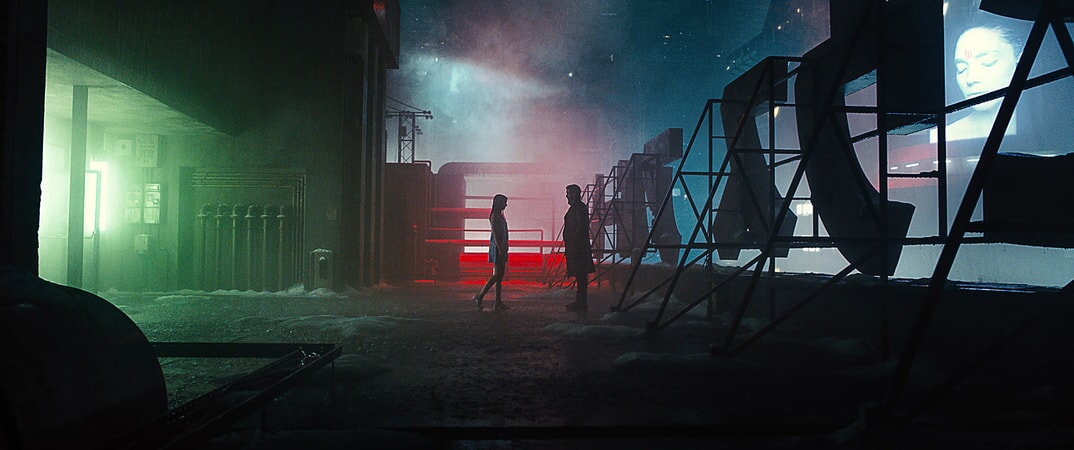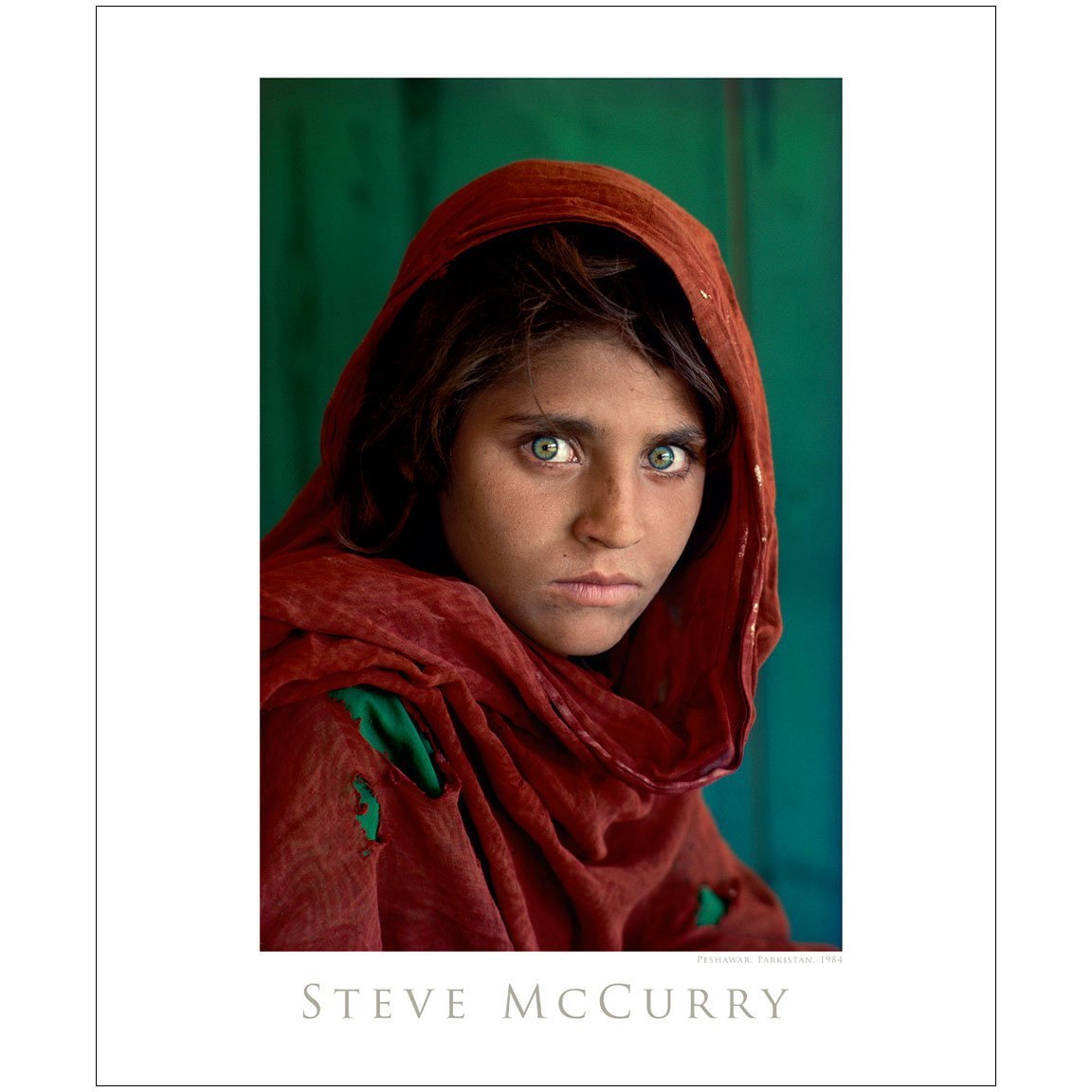Photography is more than just capturing a moment—it’s about seeing the world differently, telling a story, and evoking emotion. But even the most passionate photographers sometimes need a spark of inspiration. Here are three powerful ways to ignite your creative vision and take your photography to the next level.
1. Draw Inspiration from Cinematographic Images
Movies are a masterclass in visual storytelling. Directors and cinematographers use framing, lighting, and color to convey mood and narrative—exactly what a powerful photo needs.
Films to watch for visual inspiration:
-
🎥 Blade Runner 2049 (Roger Deakins) – Moody lighting, futuristic minimalism, and dynamic use of color and shadow.
A masterclass in futuristic noir. Deakins uses color blocks—deep oranges, teals, and shadows—to build entire moods. Every frame is a photo in itself, with bold negative space and minimalistic yet profound compositions. Watch for how characters are dwarfed by landscapes, adding emotional weight to each scene.
Source: warnerbros.com -
🎥 In the Mood for Love (Christopher Doyle) – Intimate framing and lush, saturated palettes with emotional depth.
This film captures quiet longing through rich reds, muted greens, and soft lighting. Often framed through doorways or reflections, the characters are isolated yet connected, creating visual tension. It’s intimate, painterly, and endlessly poetic.
Source: Thefilstage.com -
🎥 The Grand Budapest Hotel (Wes Anderson) – Symmetry, vibrant pastels, and stylized storytelling.
If you love symmetry, pastels, and precise composition, this film is for you. Anderson constructs each frame like a design blueprint, using center alignment, bold color palettes, and theatrical set design to tell a quirky, detailed story.
Source: 20thcenturystudios.com -
🎥 Roma (Alfonso Cuarón) – Black-and-white elegance, masterful use of light and perspective.
Shot in stunning black and white, Roma turns everyday life into visual poetry. Long takes, natural lighting, and quiet moments become emotionally charged. It’s a great reference for capturing subtle beauty in domestic or street scenes.
Source: netflix.com
Tip: Pause during key scenes and study the frame—note how composition, negative space, and color grading contribute to the emotion.
2. Study Classic Art for Composition and Color Mastery
Photography, like painting, is all about balance, light, and emotion. Studying classical art helps train your eye and deepen your understanding of visual harmony.
Artists and works to study:
-
🎨 Johannes Vermeer – Observe his use of natural light and serene interior scenes (Girl with a Pearl Earring, The Milkmaid).
Known for his serene indoor scenes lit by soft, natural window light, Vermeer’s work teaches calm balance and quiet emotion. The Milkmaid and Girl with a Pearl Earring offer brilliant examples of how to use light to elevate an ordinary moment into something transcendent.
Source: wikipedia.org -
🎨 Caravaggio – A master of chiaroscuro; dramatic lighting that adds depth and contrast (The Calling of Saint Matthew).
The pioneer of chiaroscuro—extreme light and shadow—Caravaggio’s paintings feel cinematic and raw. His ability to make light tell the story is unmatched. Look at The Calling of Saint Matthew to understand how directional lighting draws focus and drama.
Source: wikipedia.org -
🎨 Claude Monet – Impressionistic views and emotional color palettes (Water Lilies, Impression, Sunrise).
A master of impression and atmosphere, Monet used blurred edges and vibrant tones to capture the feeling of a moment rather than its exact detail. Works like Water Lilies and Impression, Sunrise are brilliant lessons in emotional color and softness.
Source: wikipedia.org -
🎨 Edward Hopper – Cinematic solitude and composition with a photographic feel (Nighthawks).
His quiet, lonely scenes are like still frames from an indie film. Nighthawks and Morning Sun explore solitude, light through windows, and the emotional weight of everyday settings—great references for portrait or street photography.
Source: wikipedia.org
Tip: Focus on how these masters use the rule of thirds, color harmony, and lighting to guide the viewer’s eye.
3. Follow the Best Photographers in the Industry
Immersing yourself in the work of top photographers keeps you motivated and helps you identify what styles resonate with you. Follow their work, interviews, and behind-the-scenes content.
Photographers to follow:
-
📸 Steve McCurry – World-renowned for his ability to capture powerful human stories in vibrant color. His most famous photo, Afghan Girl, became a symbol of conflict and resilience. McCurry’s portraits are deeply empathetic, often shot in natural light with strong backgrounds that add context without distraction.

Source: stevemccurry.com -
📸 Annie Leibovitz – A legend in portraiture and editorial photography with dramatic and intimate celebrity shoots. From Rolling Stone to Vanity Fair, Leibovitz transformed celebrity portraiture with storytelling and theatricality. She builds entire narratives into a single image, often using complex lighting setups and elaborate sets. Study her work to see how she uses pose, styling, and light to bring out character.

Source: instagram.com/annieleibovitz -
📸 Sebastião Salgado – Monochrome documentary work that’s raw, emotional, and socially conscious.
A documentary photographer with a conscience, Salgado’s powerful black-and-white images of workers, refugees, and remote tribes are both stunning and socially impactful. His contrast-heavy compositions often mimic the gravity of classical paintings.
Source: instagram.com/sebastiaosalgadooficial -
📸 Peter McKinnon – Modern, digital-savvy, and cinematic—McKinnon blends photography with filmmaking. His YouTube tutorials and vlogs offer not only technical insights but also creative motivation. His work is a great bridge between artistic passion and commercial clarity.

Source: instagram.com/petermckinnon/ -
📸 Vivian Maier – A street photographer whose work captures fleeting human moments with timeless emotion.
The mystery behind her story is almost as compelling as her photography. Maier worked as a nanny and secretly took thousands of street photographs in Chicago and New York. Her images capture candid, often whimsical moments with a masterful sense of timing and composition—proof that great work doesn’t always come with recognition.
Source: www.vivianmaier.com
Tip: Don’t just admire—analyze. What lens do they use? What time of day? How do they edit? Then try something similar in your own way.
Great photos come from a place of curiosity and emotion. Watch a film with a photographer’s eye. Visit a museum and see the light. Scroll through your favorite photographer’s gallery not just to admire, but to learn. And most importantly—keep shooting. The more you experiment, the closer you’ll get to your own iconic image.
Banner photo © Leo Gerzon


